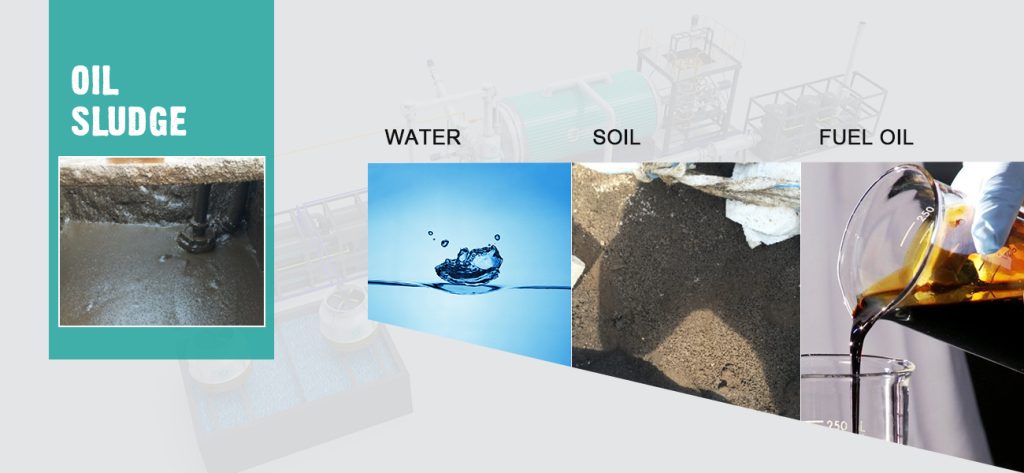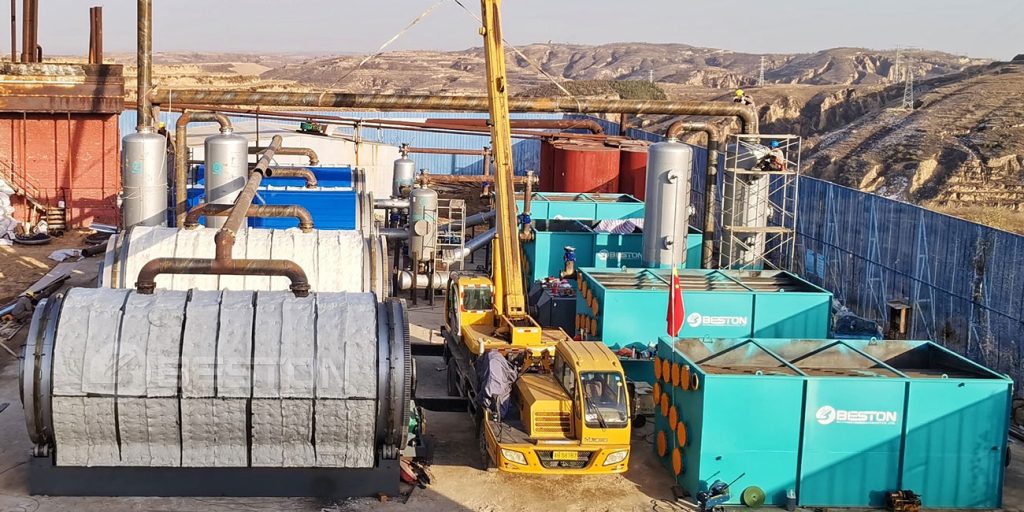What Is A Thermal Desorption Unit?
Ground-breaking reclamation technologies have started to change the methods that oil refineries use to process materials which have eliminated incineration or onsite disposal. TDU (Thermal Desorption Units) are now commonly used across many sectors. The process involves heating contaminated materials to a temperature that is high enough to vaporize and dry the contaminants present in the materials.

What Is Thermal Desorption?
Thermal desorption involves a “reclamation process” that separates hydrocarbons from several material types. The process involves very high heat which reclaims oils along with other types of materials that employ a non-incineration and non-contact technology. The thermal desorption equipment is mainly used for processing organic materials including oil-bearing materials sourced from refineries.
How Does Thermal Desorption Work?
When heat is applied to a contaminated material, this material (with a low boiling point) will convert into a vapor that is then collected and then treated in something known as an off-gas treatment unit. The removal of the waste is what allows these materials to be reclaimed or repurposed without having to worry about the issues that are associated with contamination.

What Is A Thermal Desorption Unit?
With a pyrolysis reactor, the contaminated materials are exposed to indirect heat in a drum that slowly turns where the heat is exposed to the exterior shell. The vaporized contaminants separate from the solid materials into a sludge, which results in end products that can be cost-effectively and easily disposed of.
The Main Process Of Thermal Desorption Units
The stockpiled contaminated materials are transferred into the feed hopper. There are airlocks present that prevent the outside air from entering the processing chamber which allows the material to flow into the primary thermal-treatment unit which is an environment that is completely free from oxygen.
Get more details here: https://bestonasia.com/pyrolysis-plant/manufacturers/.
The Rotary Kiln And PTU
The PTU is the heated zone made up of a stainless steel indirect fired rotary kiln along with a combustion chamber. The indirect-fired rotary dryer consists of several zones, and each one has independent-temperature controls. The drum is exposed to heat from the outside which maintains the integrity relating to the feed. The operational temperature of these drums is up to 510°C, and the rotary kiln is inside the combustion chamber which features multiple burners. Please contact Beston Group Co., Ltd. to know more details.
As the materials start to heat, the hydrocarbons devitalize from the materials and are extracted from this system in a direction that is counter-current to the flow of the feed. The vapor produced is pulled into an oil condenser or high-efficiency quench scrubber. From here the quench liquid (an oil) removes the dust particulate and condenses the hydrocarbons that are heavy in the stream of vapor.
Any vapor that cannot be condensed is then pulled through a knock-out pot into the heat exchanger. From here the vapors are cooled to a lower temperature through an air cooling system. The fluids that were extracted from a knock-out pot (condensed sludge, oil, and water) will then be pumped through separator filters. The oil that is recovered is cooled and then pumped into storage tanks.